
This upper-level design course project was to design an environmental interactive data visualization experience by focusing on the collection and organization of a complex data-set transformed into an interactive experience through a digital interface.
I performed the research portion of the project with a partner, then completed the final design independently.
We ran a survey was aimed at people who had learned to play an instrument, especially in middle or high school band. We received a total of 74 responses.

"Regular practice is simultaneously the worst part and the most important part of being a musician."
"I played Guitar Hero more than my actual instrument."
"Kids would be more willing if they understood that practicing helps and is not a failure on your part."
My research partner and I were also lucky to meet with Nick Strobel, an orchestra director at Bellingham High School, to ask him a few questions about his classes, his students, and being a music teacher. His insight was extremely helpful in forming the director's side of Maestro. We were also able to actually visit visit one of his Advanced Orchestra rehearsals to see how students were utilizing class time.
How often and for how long do you recommend your students practice at home?
"If everyone did 45 minutes a week, the group would be a lot better, yet very few do. Even 15 minutes of good, good practice is valuable, and I try to teach some strategies to utilize their time for busy teens or kids that don’t like practicing."
How do you measure student success in your classes?
"I measure success based on personal growth, rather than a set bar. And every student is successful if they’ve achieved their potential, or they’re moving along their personal growth path, to contribute to the ensemble. That’s successful to me—getting them there is the tricky part."
Can you tell when students aren't practicing?
"Yeah, or how they don’t progress. If they were working on things, it would get better. Go ahead and take six weeks on the basic stuff in rehearsal—but find those passages that rise to the top as the most challenging, those are the things that you do for 60 minutes a week, or spend five minutes here and there, and then it should play itself."
Kids weren’t motivated to take their instruments home to practice
Music class “homework” doesn’t get taken as seriously as other classes, even for good students, since there aren’t tangible assignments
Students can feel lost practicing on their own without the rest of the ensemble
Provide an easy way for directors to assign practice time that can be tangibly completed by the student
Provide resources for students while they practice like real-time feedback, metronome, and backing tracks
Make practicing at home more appealing by focusing on improvement metrics
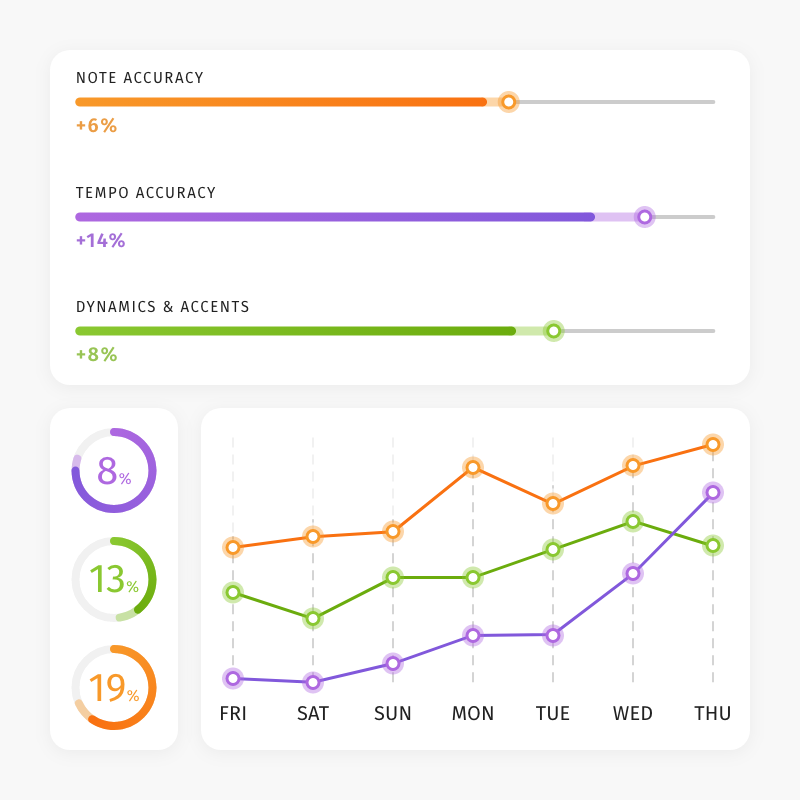
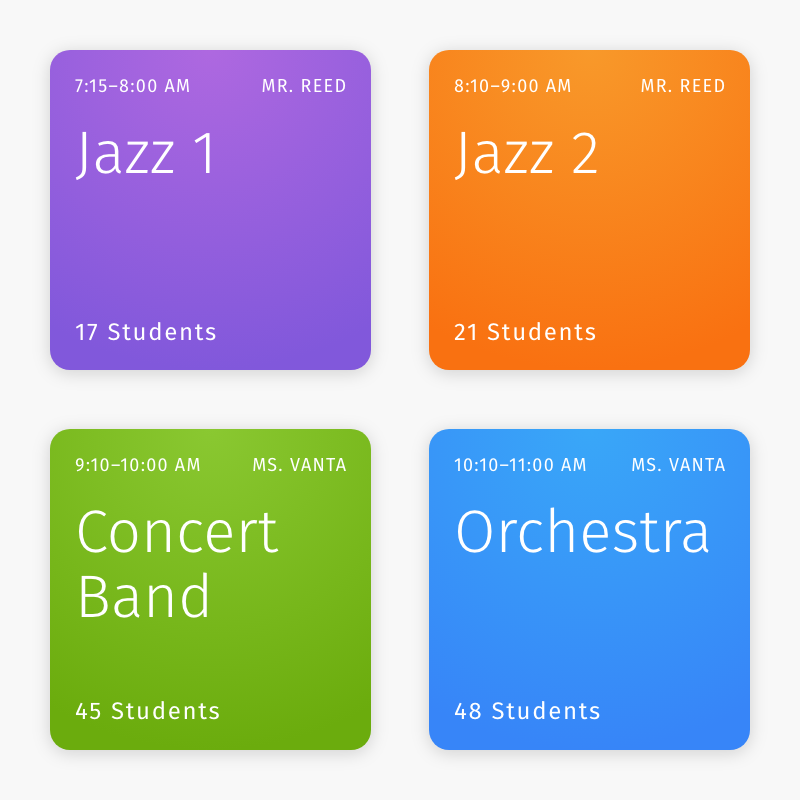
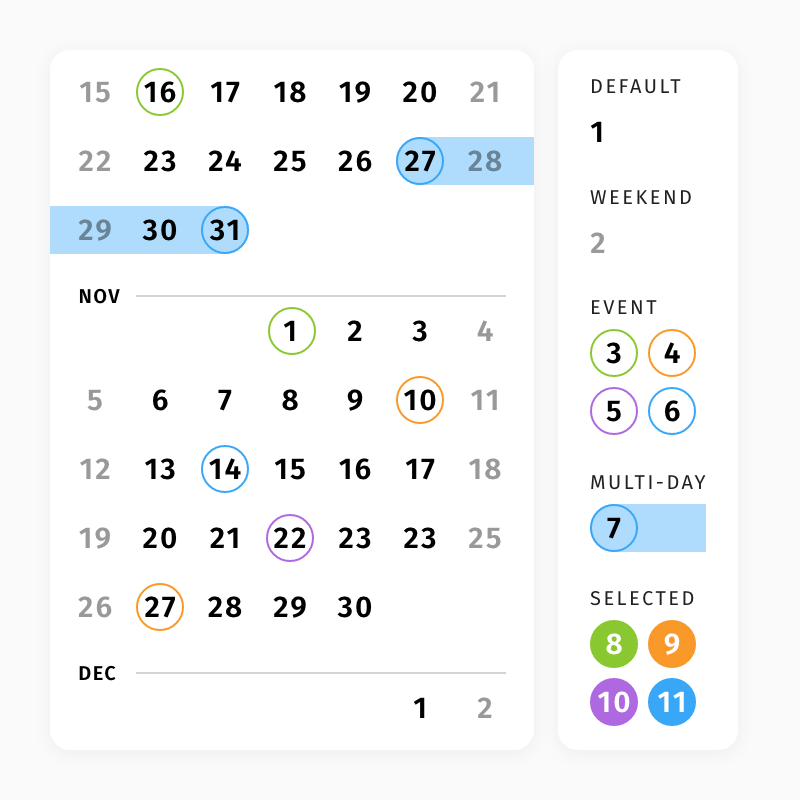
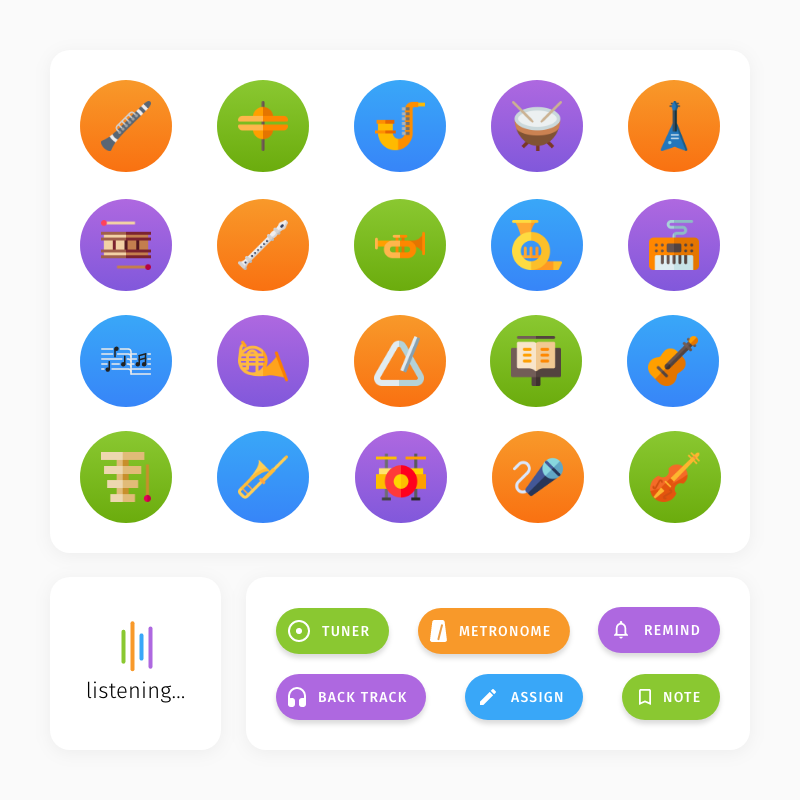
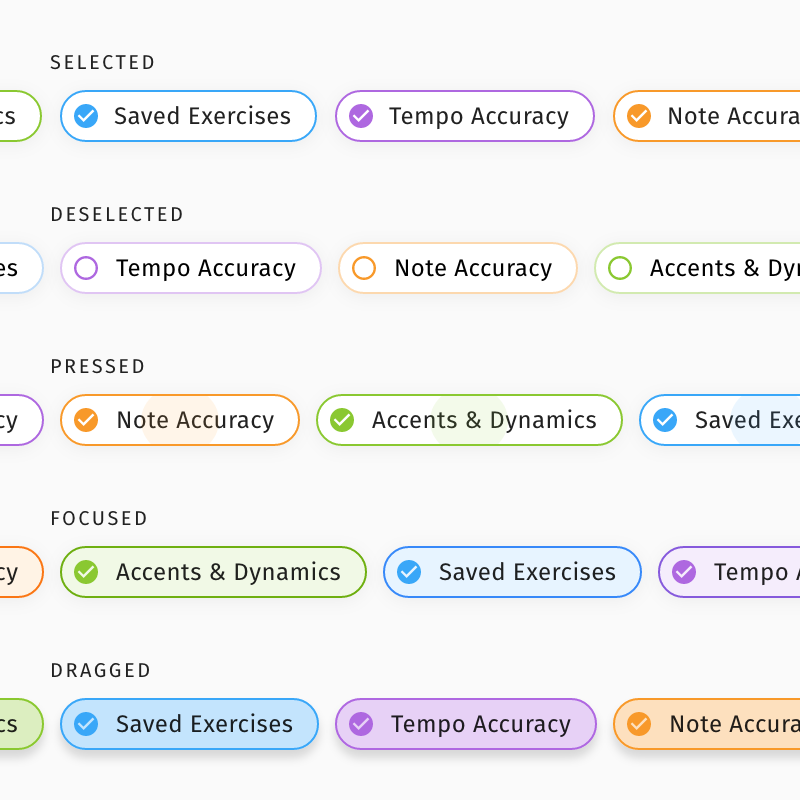
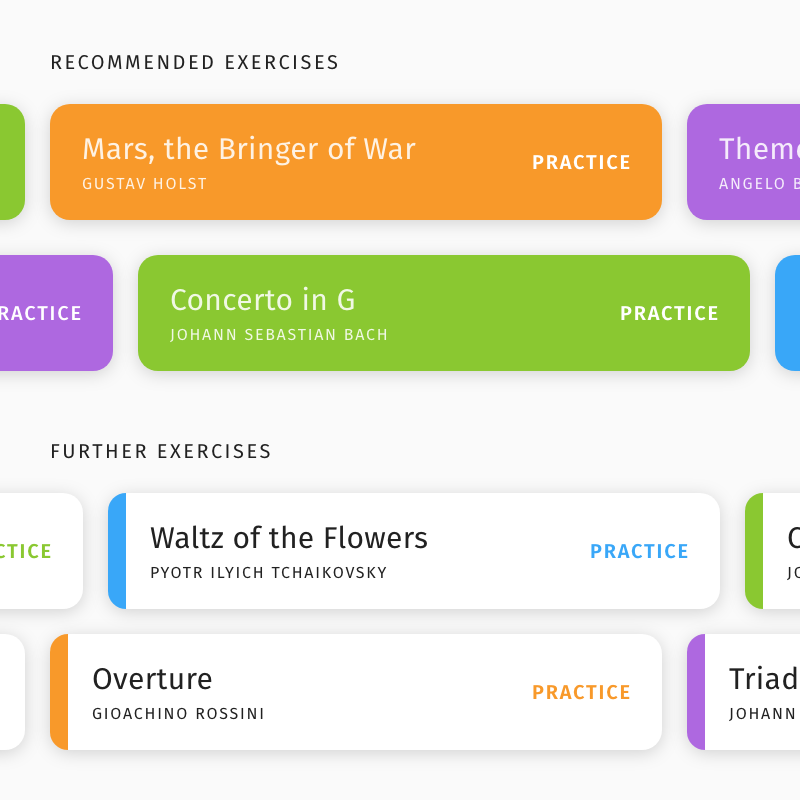
Directors can see how their ensembles are progressing at a glance, and can deep dive by section, song, or skill.

Digital scores empower directors to assign practice time as issues arise in rehearsal, and a tangible assignment, notification, or reminder means that students can’t as easily “forget” to practice.
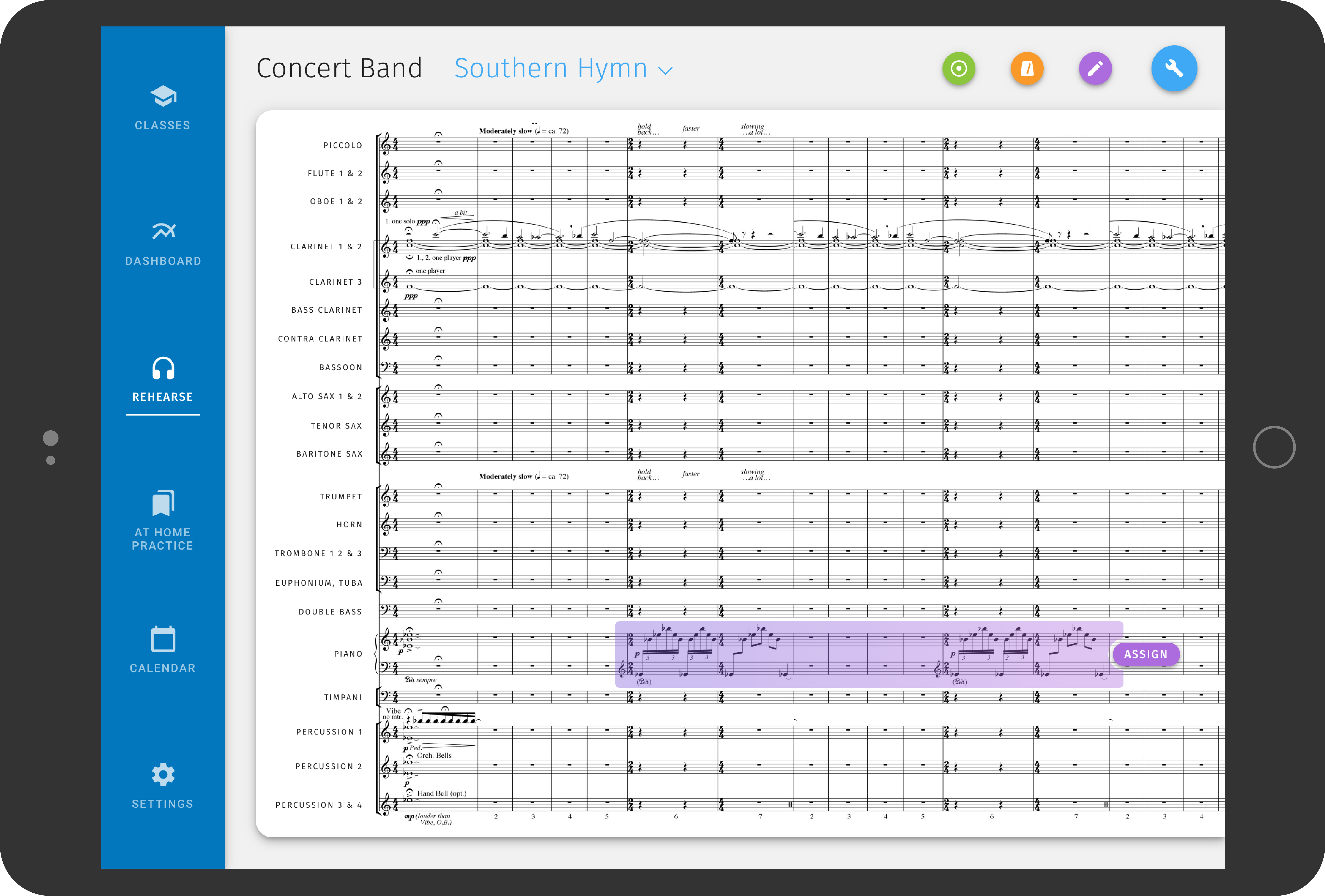
At home, students can practice those assigned sections, and won’t feel lost on how to improve with AI-powered feedback for skill refinement.


Metronome, tuner, and backing track tools help students to reach their fullest potential even when practicing outside of the band room.
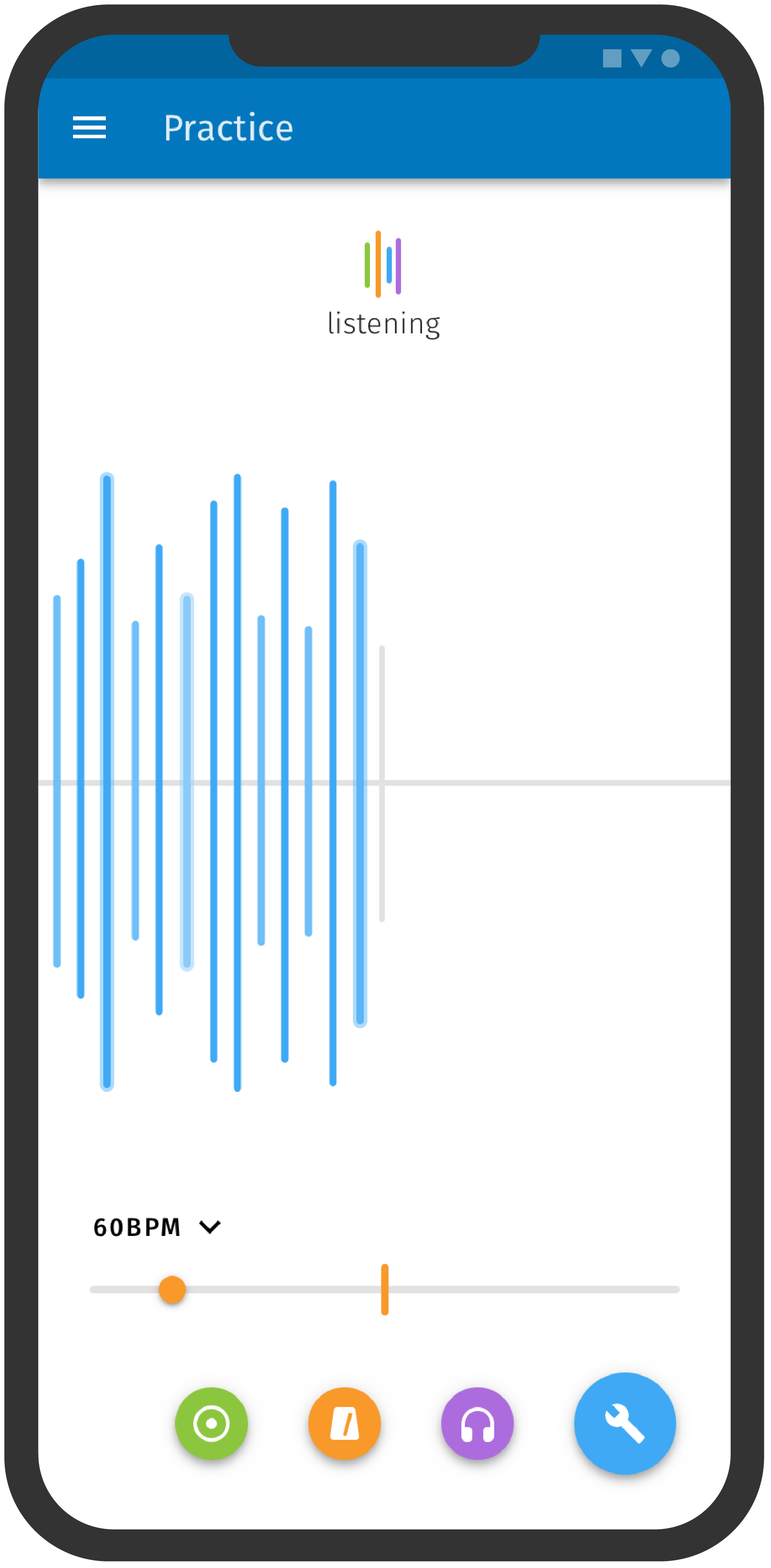
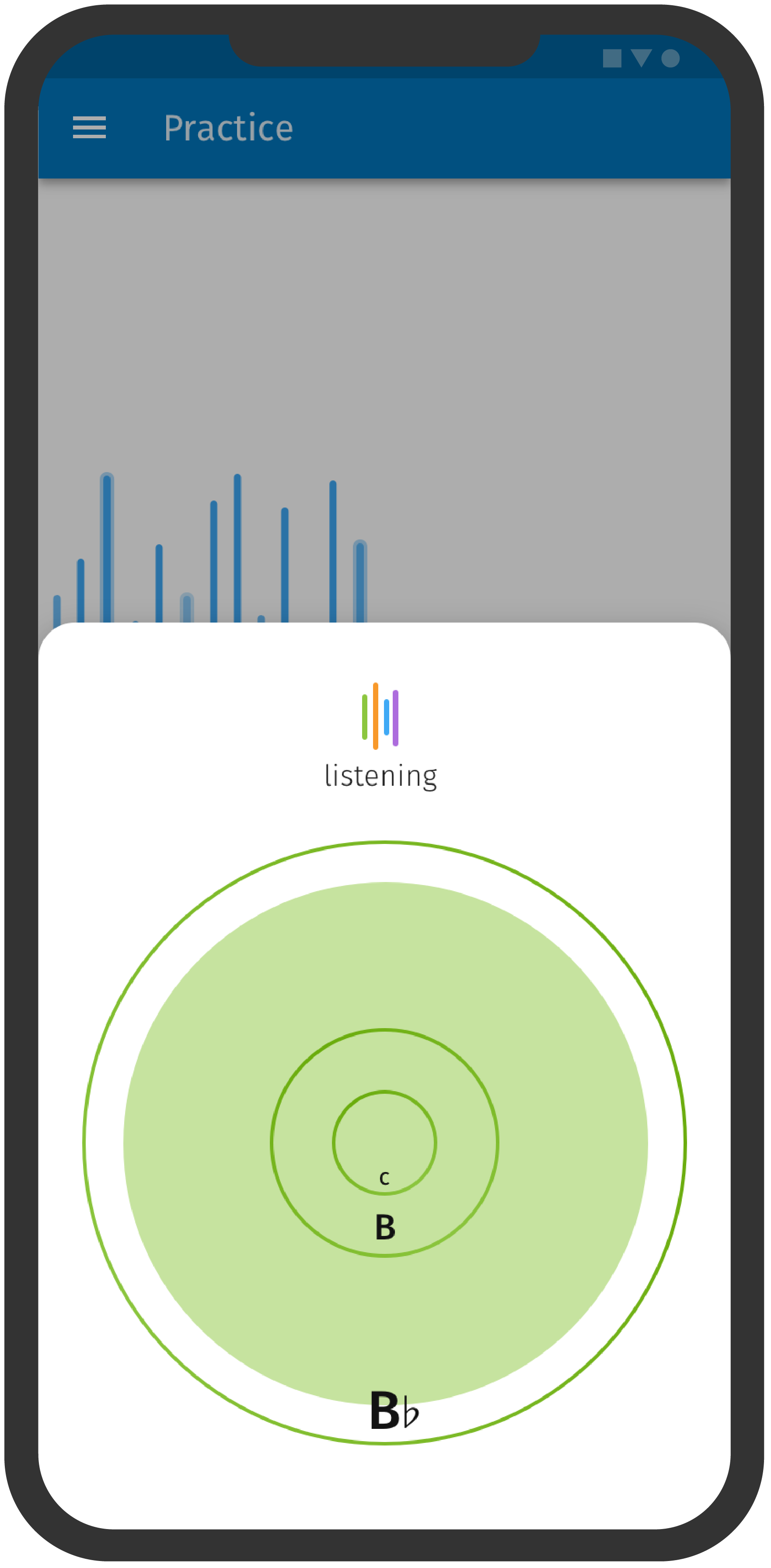
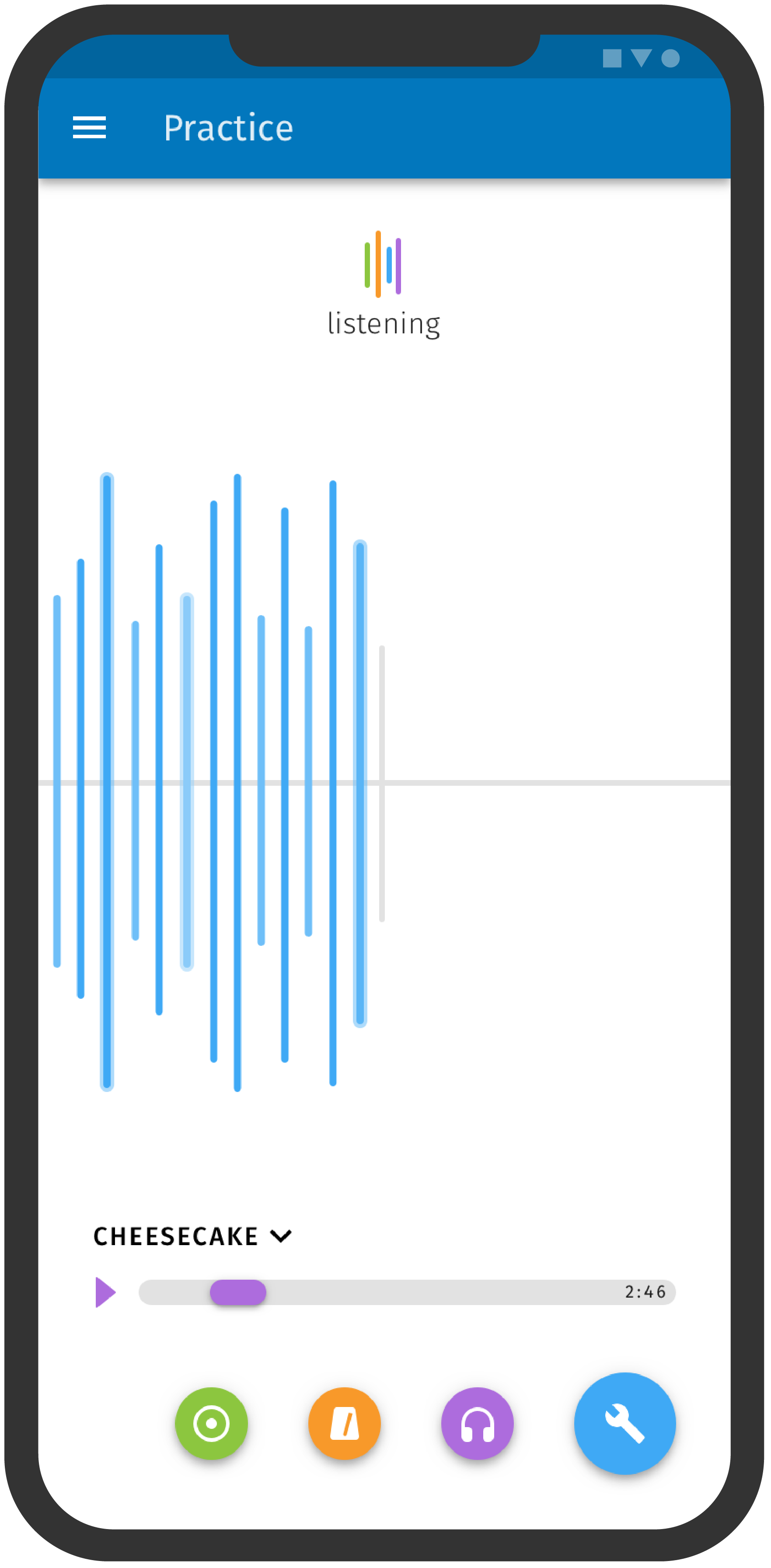
A library of custom exercises based on areas of improvement supplement in-class learning, so even if the conductor hasn’t assigned a section, students can still work on raising their proficiency scores.

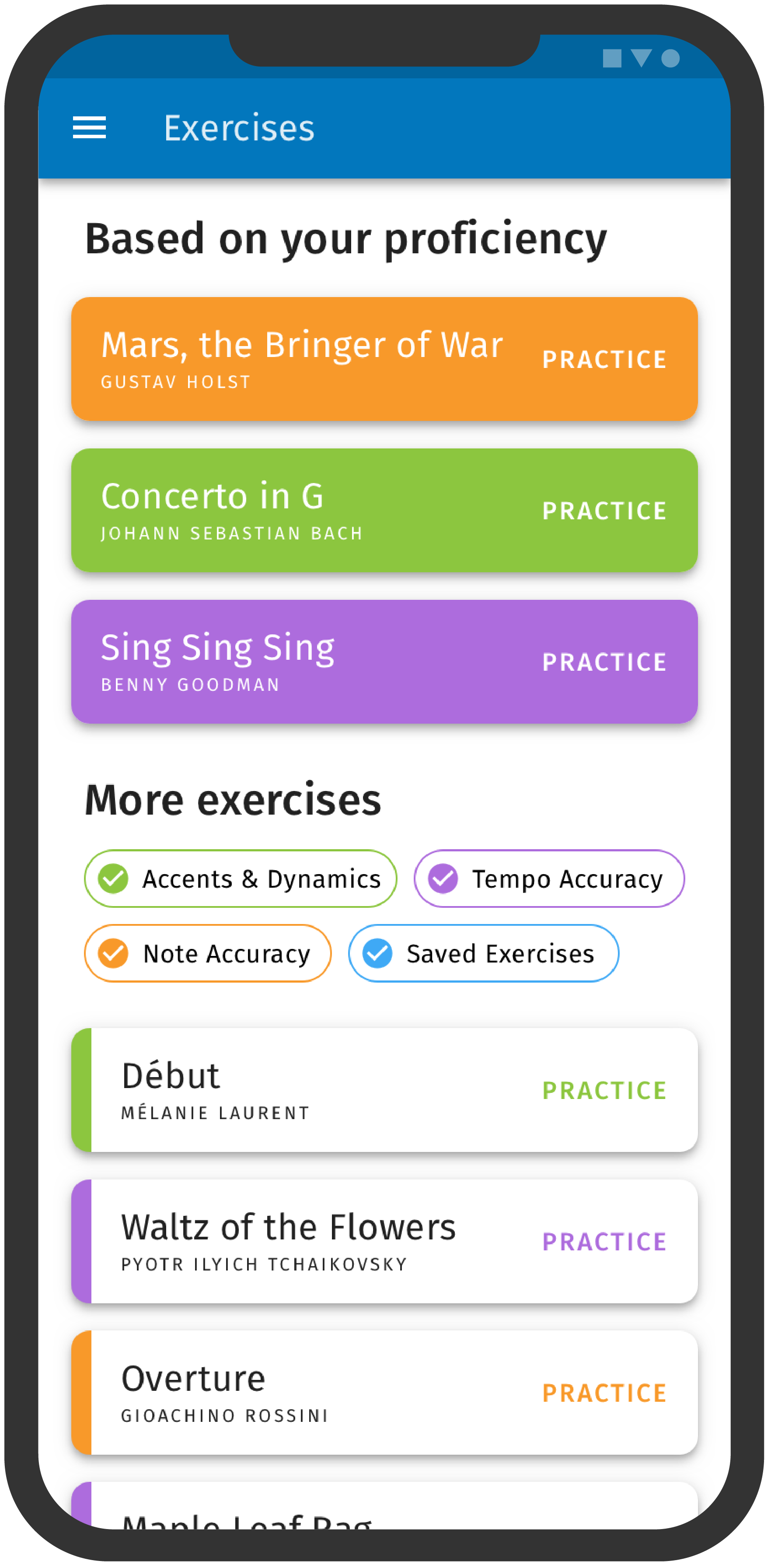

The introduction of an app allowing music teachers to assign practice passages for students, coupled with intelligent AI for practice feedback and skill refinement, could be transformative. Anticipated impacts include an enriched learning experience through convenient access to tailored materials, personalized feedback for faster skill development, and streamlined communication saving time for both teachers and students. Maestro's interactive features would boost engagement and motivation, while AI analytics offer insights into progress. It has the potential to widen access to quality music education and empower teachers to refine their methods. Ultimately, the forecasted impact is improved skill development, better learning outcomes, and a more efficient, accessible, and engaging music education experience for all involved.